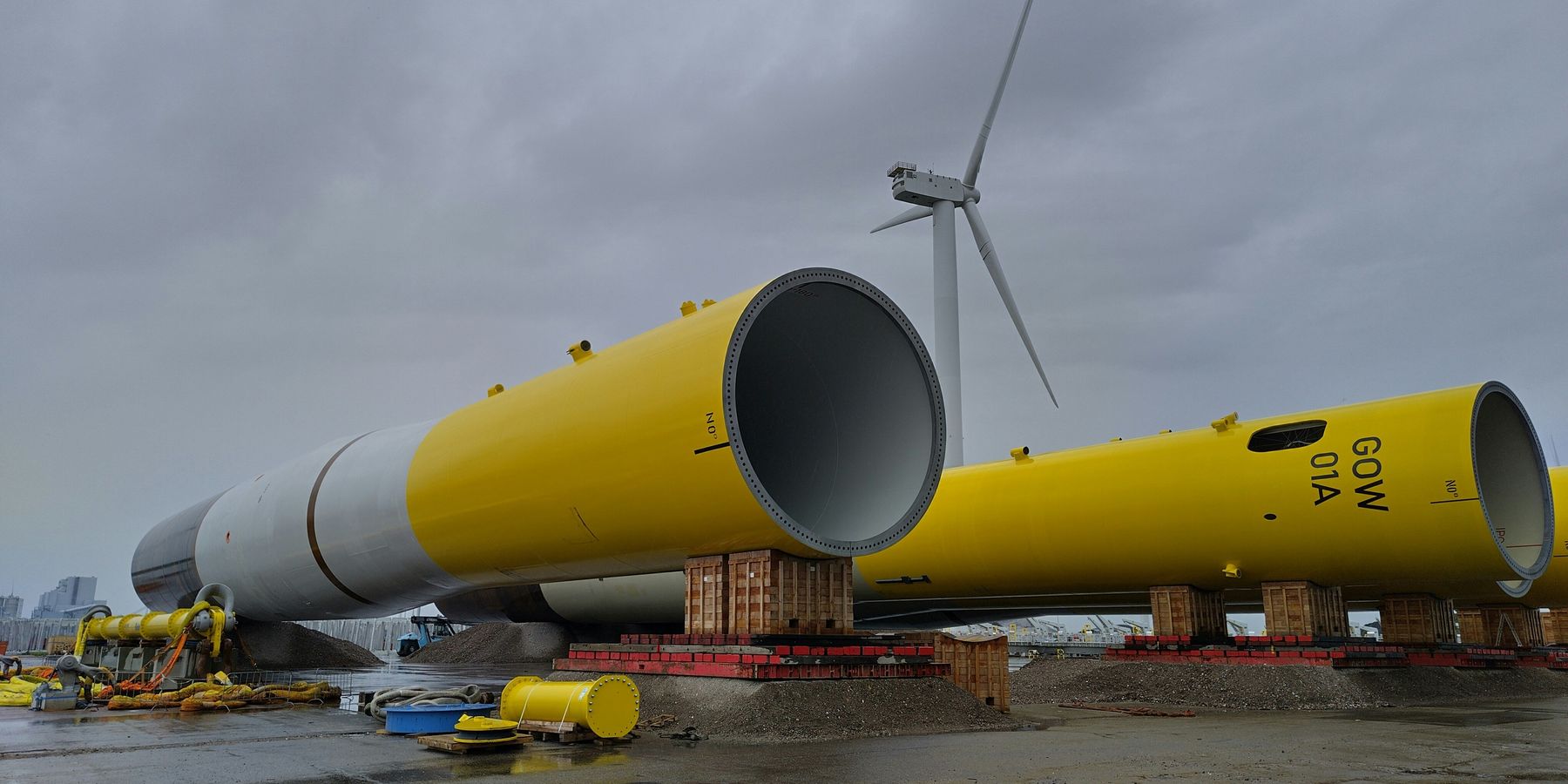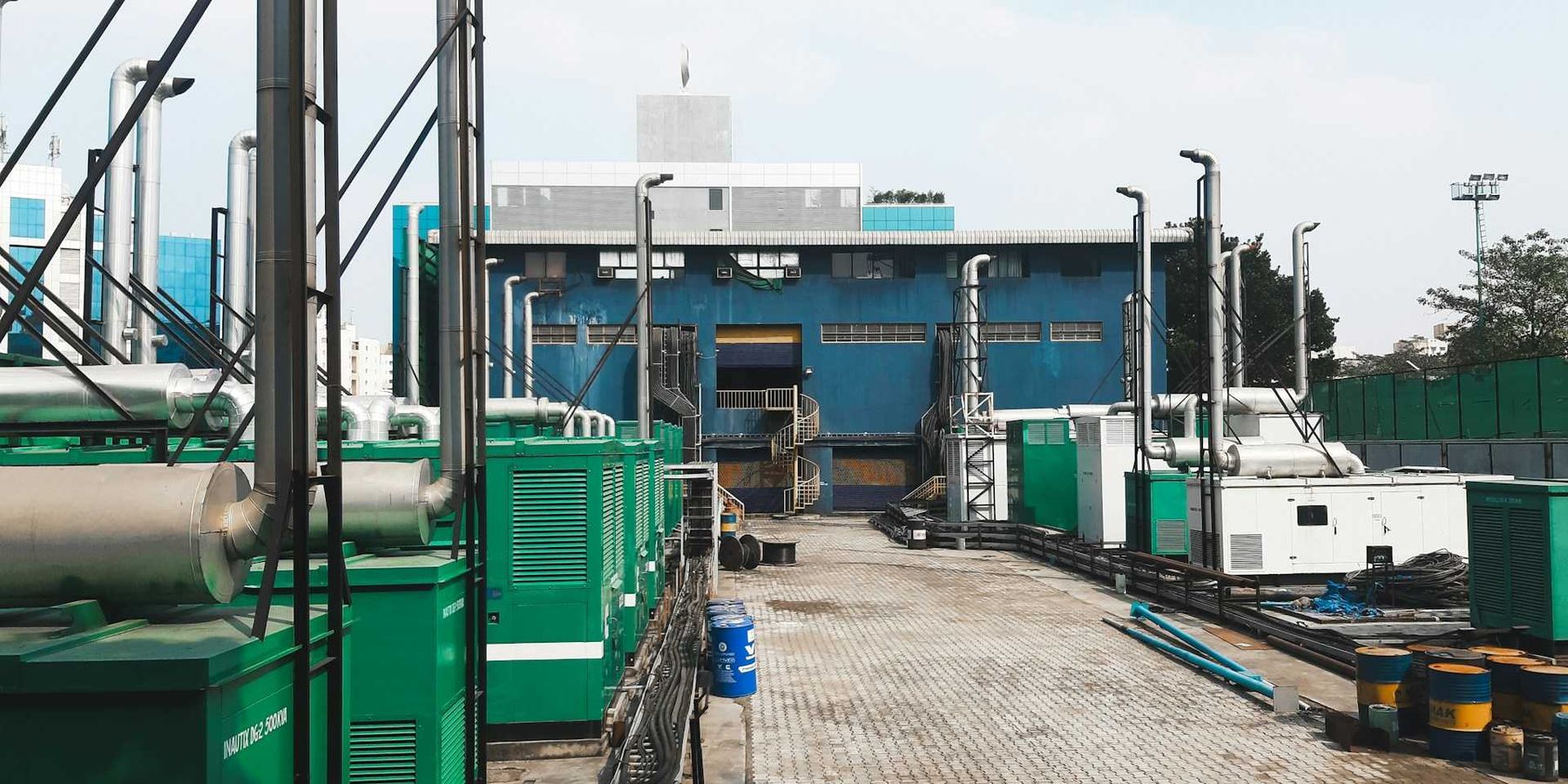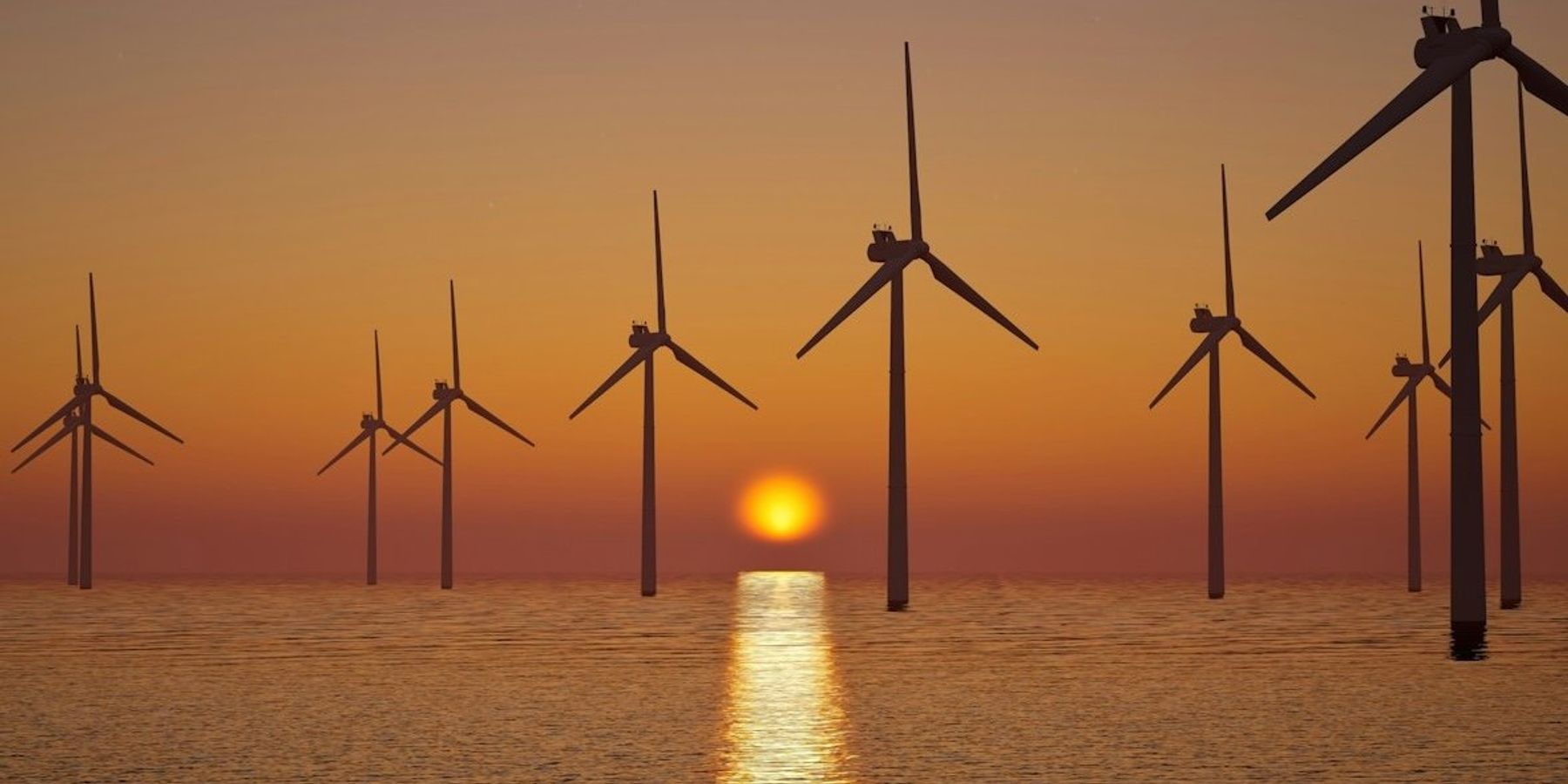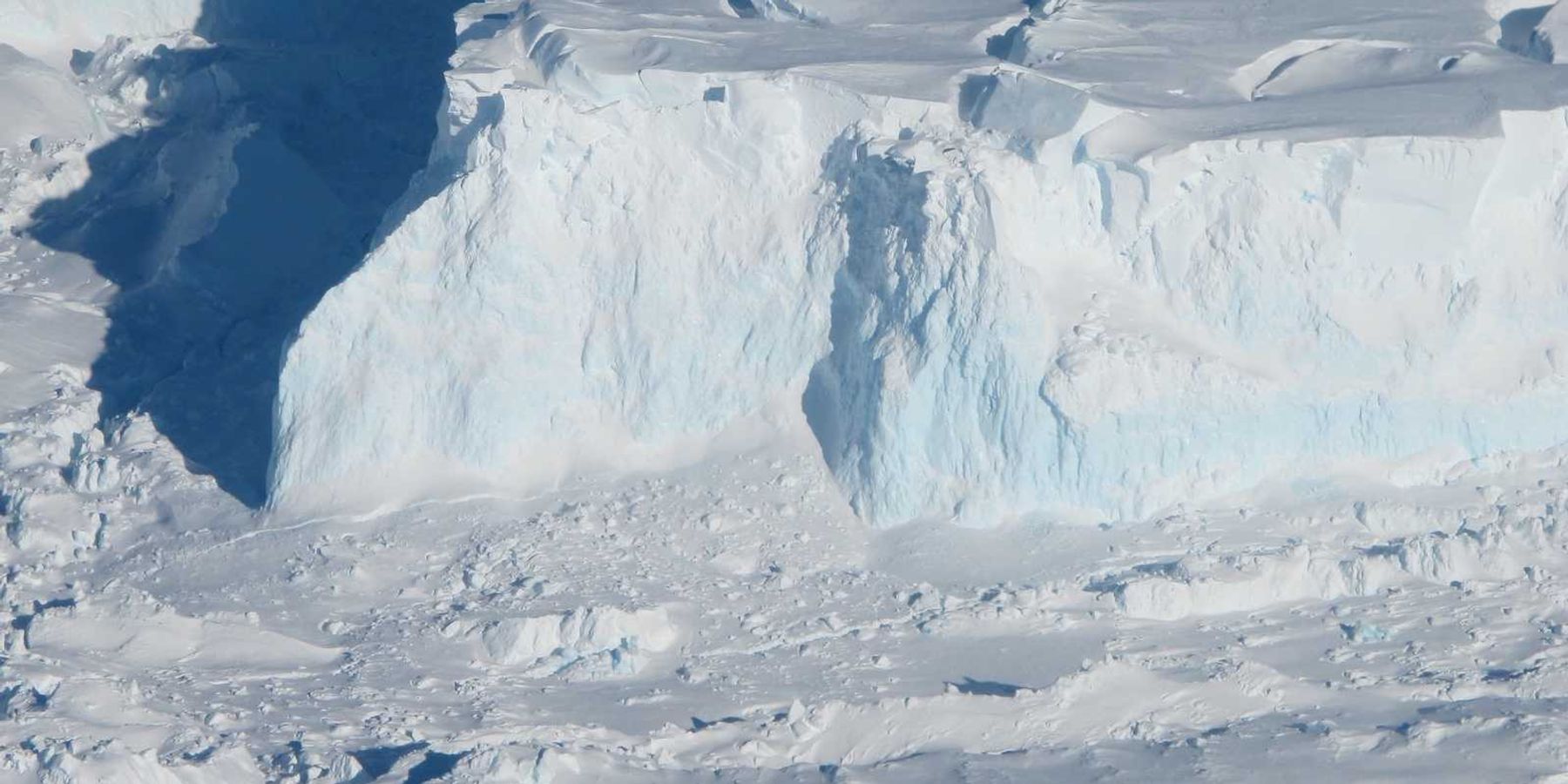Canada's wildfires challenge its climate goals and oil production
Since May, more than a thousand wildfires in Canada have ravaged a region bigger than Florida, emitting more than triple the annual carbon dioxide output of the entire Canadian economy.
Suman Naishadham and Victor Caivano report for the Associated Press.
In short:
- The fires have released triple the amount of CO2 compared to Canada's annual output.
- Despite pledges for zero emissions, Canada's status as a major oil producer complicates its efforts to combat climate change.
Key quote:
“They’re portraying Canada as environmental . . . but the biggest source of the carbon is here.”
— Jean L’Hommecourt, environmental advocate
Why this matters:
Environmental damage caused by Canada's recent wildfires get at the broader global challenge of reconciling economic growth with the imperative to reduce carbon emissions for better health and environmental outcomes.
For additional perspective, read Derrick Z. Jackson's piece for EHN about how the U.S., already facing severe climate and weather disasters in 2023, is struggling to pursue effective climate action amid the normalization of, and disinformation about, global warming.
Question for the reader:
How can big fossil fuel producers like Canada transition toward cleaner energy sources while maintaining a strong economy?
AI-based tools helped produce this text, with human oversight and editing.













